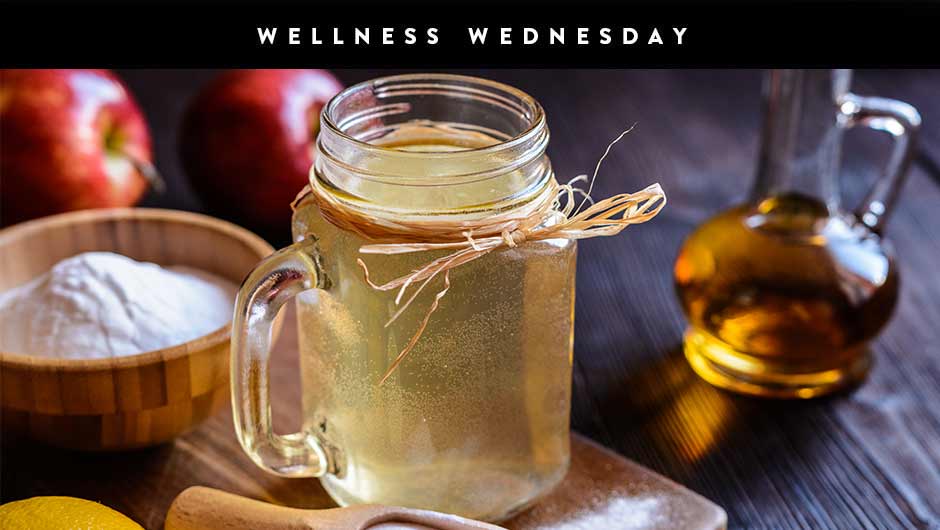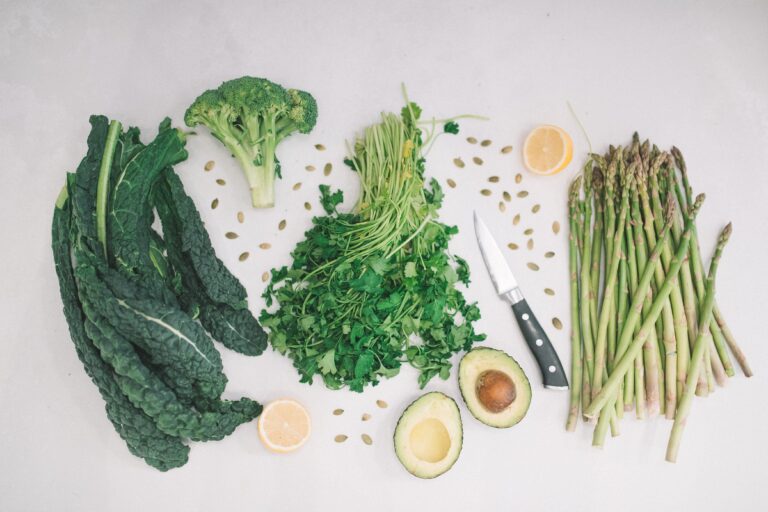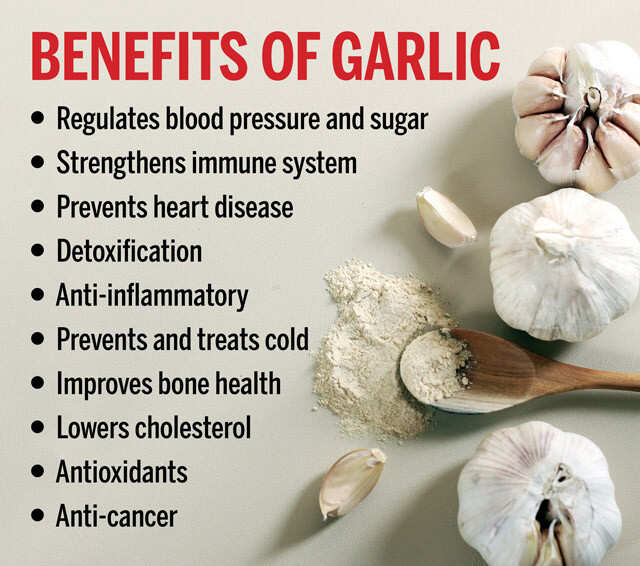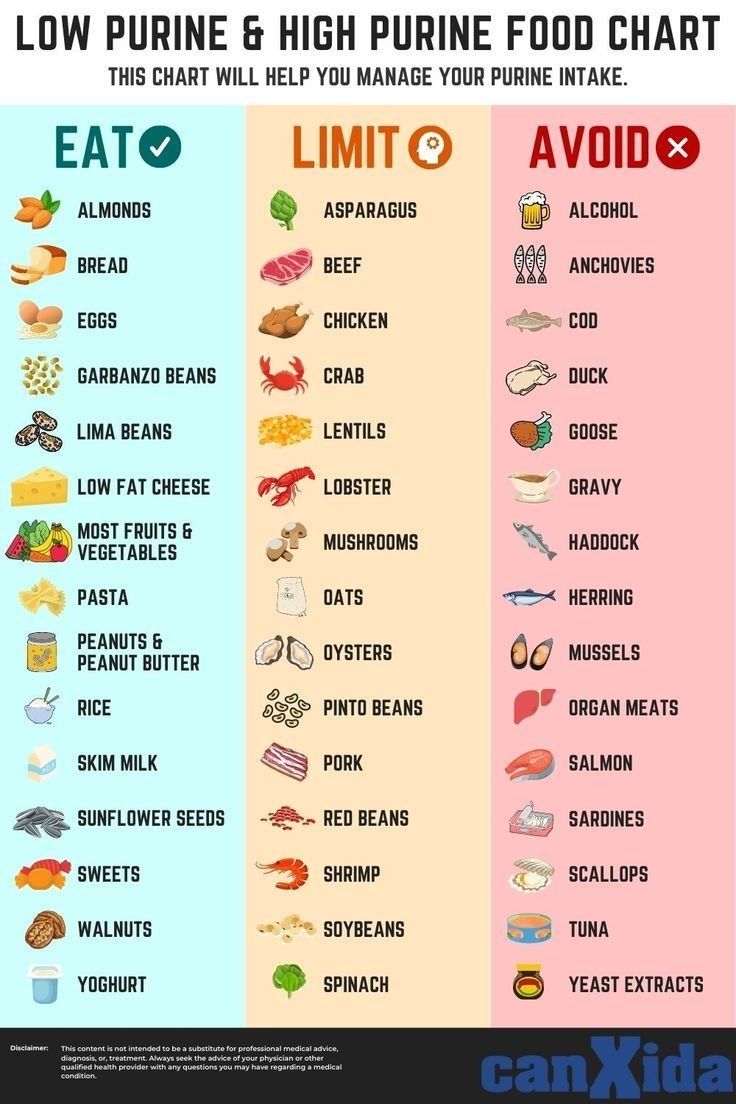The Unassuming Elixir: My Journey to Integrating Apple Cider Vinegar into Daily Wellness
In a world perpetually searching for the next miracle cure, the latest superfood, or the most revolutionary health hack, it’s easy to overlook the quiet power residing in humble, time-tested remedies. For years, I navigated the bewildering landscape of wellness trends, always seeking that elusive edge, that secret ingredient that would unlock boundless energy, pristine digestion, and a robust immune system. My quest led me down countless paths, from exotic supplements to restrictive diets, each promising salvation but often delivering only fleeting results or, worse, disillusionment.
It was during one such period of seeking, when the sheer volume of information felt overwhelming, that I stumbled back upon something ancient, something familiar, yet something I had never truly understood: Apple Cider Vinegar. Not the clear, pasteurized stuff I remembered from my grandmother’s kitchen, but the cloudy, raw, unfiltered variety, teeming with a mysterious, gelatinous “mother.” This wasn’t just a condiment; it was, as I would soon discover, a living elixir, a testament to the transformative power of fermentation, and an unassuming ally waiting to be integrated into a daily health ritual.
My initial encounter was, admittedly, less than poetic. The pungent aroma, the sharp, acidic tang – it was an acquired taste, to say the least. But the whispers of its myriad benefits, from aiding digestion and balancing blood sugar to boosting immunity and even promoting radiant skin, were too compelling to ignore. I decided to embark on a deliberate journey, not just to try ACV, but to truly understand it, to respect its potency, and to incorporate it thoughtfully and sustainably into my daily routine. This is the story of that journey, an exploration into the science, the practical applications, and the profound, subtle shifts that can occur when you invite this ancient tonic into your modern life.
The Genesis of the Elixir: Understanding What You’re Inviting In
Before diving into the "how," it’s crucial to grasp the "what." Apple Cider Vinegar isn’t just fermented apple juice; it’s a testament to a two-step biological marvel. First, yeast ferments the sugars in crushed apples into alcohol. Then, a specific type of bacteria, Acetobacter, takes over, converting that alcohol into acetic acid – the primary active compound responsible for ACV’s distinctive taste and many of its purported health benefits.
But not all ACV is created equal. The key, as I quickly learned, lies in opting for raw, unfiltered, unpasteurized apple cider vinegar that contains "the mother." The mother is that cloudy, cobweb-like substance floating in the bottle, a complex matrix of beneficial bacteria, enzymes, and proteins that are byproducts of the fermentation process. It’s akin to the SCOBY in kombucha or the starter in sourdough – the living heart of the vinegar, believed to harbor the majority of its health-promoting properties. Pasteurized, filtered ACV, while still acidic, lacks this vital component and, consequently, much of its therapeutic potential. Choosing the right ACV is the foundational step in this entire journey.
Historically, ACV’s lineage stretches back millennia. Hippocrates, the father of modern medicine, reportedly prescribed it mixed with honey for various ailments, recognizing its antiseptic and healing properties. Roman soldiers used it as a tonic and disinfectant. Its reputation as a natural remedy is deeply rooted in human history, suggesting a wisdom that transcends fleeting fads. This historical context lent an air of gravitas to my exploration, transforming it from a mere experiment into a connection with ancient healing practices.
The Science Beneath the Sting: Why ACV Works (and How We Think It Does)
My "knowledgeable" audience, like myself, isn’t content with anecdotal evidence alone. We crave the "why." While research on ACV, particularly human clinical trials, is still evolving, a growing body of scientific inquiry offers compelling insights into its mechanisms of action. Understanding these provided the logical framework that solidified my commitment to ACV.
1. The Digestive Dynamo: Aiding Gut Health and Nutrient Absorption
Perhaps the most widely recognized benefit of ACV, and one I personally experienced early on, is its profound impact on digestion. Many people, contrary to popular belief, suffer not from too much stomach acid, but from too little. Hypochlorhydria (low stomach acid) can lead to a cascade of digestive woes: bloating, gas, indigestion, heartburn (yes, often confused with excess acid!), and poor nutrient absorption.
Introducing ACV, with its acetic acid, before meals can help to increase stomach acid levels. This, in turn, facilitates the breakdown of food, particularly proteins, and stimulates the production of digestive enzymes. A properly acidic environment in the stomach is also crucial for killing off harmful bacteria and pathogens that might enter through food, acting as a first line of defense for the immune system.
Furthermore, the beneficial bacteria present in the "mother" act as prebiotics, nourishing the good bacteria in the gut microbiome. A balanced microbiome is the cornerstone of digestive health, influencing everything from nutrient synthesis to mood regulation. My own experience was a noticeable reduction in post-meal bloating and a greater sense of digestive ease, a quiet revolution in my gut that felt profoundly liberating.
2. The Blood Sugar Balancer: A Friend to Metabolic Health
This benefit captivated me, given the modern epidemic of insulin resistance and type 2 diabetes. Several studies have shown that ACV can significantly improve insulin sensitivity and lower post-meal blood glucose levels, particularly in individuals with insulin resistance or type 2 diabetes.
The proposed mechanism involves acetic acid’s ability to inhibit certain enzymes (like alpha-amylase) that digest complex carbohydrates into simple sugars. This slows down the rate at which glucose enters the bloodstream, preventing sharp spikes. Additionally, ACV may enhance the body’s ability to take up glucose from the blood into cells, effectively lowering blood sugar.
For someone mindful of metabolic health, incorporating ACV before carbohydrate-heavy meals felt like a strategic move, a small but significant act of self-care to support stable energy levels and long-term metabolic well-being. It wasn’t a license to overindulge, but rather a tool to optimize the body’s response to the food I consumed.
3. The Weight Management Ally: Satiety and Metabolism
While ACV is by no means a magic weight-loss bullet, it can be a valuable tool in a holistic weight management strategy. Studies suggest that ACV can increase feelings of satiety, leading to reduced calorie intake. The theory is that acetic acid may slow gastric emptying, keeping food in the stomach longer and prolonging the feeling of fullness.
Additionally, some research points to ACV’s potential role in boosting metabolism and reducing fat accumulation, although more human studies are needed in this area. It’s not about melting away pounds overnight, but about fostering conditions that support healthy weight, primarily through appetite regulation and potentially optimized metabolic function. For me, it was less about direct weight loss and more about feeling more in control of my appetite and less prone to mindless snacking.
4. The Immune System Support: Beyond the Gut
A healthy gut is intrinsically linked to a robust immune system. By promoting a balanced gut microbiome and acting as an antimicrobial agent, ACV indirectly supports immunity. The acetic acid in ACV has demonstrated antimicrobial properties against various bacteria and fungi, both internally and topically. While not a substitute for antibiotics, this broad-spectrum action contributes to overall wellness, helping the body ward off everyday invaders.
5. Skin Deep and Hair Strong: Topical Applications
My exploration wasn’t limited to internal consumption. The pH balancing properties of ACV make it an excellent natural remedy for external use. Our skin and hair naturally have an acidic pH (around 4.5-5.5), which forms a protective barrier against bacteria and environmental stressors. Many commercial soaps and shampoos are alkaline, disrupting this delicate balance.
Diluted ACV can act as a natural toner, restoring the skin’s acidic mantle, tightening pores, and combating acne due to its antibacterial properties. As a hair rinse, it can clarify the scalp, remove product buildup, add shine, and help to balance scalp pH, potentially alleviating issues like dandruff and itchiness. The transformation in my hair’s luster and the clarity of my skin was a delightful, tangible bonus.
6. The Detoxification Dialogue: Supporting Liver Function
While the term "detox" is often misused in wellness circles, ACV does play a role in supporting the body’s natural detoxification processes, primarily through its impact on the liver. The liver is our primary detoxification organ, and by improving digestion and nutrient absorption, ACV indirectly reduces the burden on the liver. Some proponents suggest it helps stimulate circulation and lymphatic drainage, further aiding in the removal of waste products. It’s not a magic purge, but rather a gentle support system for the body’s intrinsic cleansing mechanisms.
7. Heart Health and Beyond: Emerging Research
Emerging research hints at ACV’s potential benefits for cardiovascular health, with some animal studies suggesting it may help lower cholesterol and blood pressure. However, these findings are preliminary, and more robust human trials are needed. It’s important to approach these claims with a healthy dose of scientific skepticism, seeing ACV as part of a broader heart-healthy lifestyle rather than a standalone treatment.
The Art of Integration: Weaving ACV into Your Daily Tapestry
Armed with knowledge and a burgeoning appreciation for its potential, I began the practical phase of my journey: consciously incorporating ACV into my daily routine. The key, I discovered, was consistency, dilution, and listening to my body.
The Morning Ritual: A Digestive Kickstart
My journey began, as many do, with the morning. Instead of reaching for coffee immediately, I started my day with a glass of warm water (never hot, as it can degrade some beneficial compounds) mixed with 1-2 tablespoons of raw, unfiltered ACV. This became my foundational practice.
- The Recipe: 10-12 oz warm water, 1-2 tbsp ACV.
- The Experience: Initially, the taste was a challenge. I found adding a squeeze of fresh lemon juice and a dash of cayenne pepper not only made it more palatable but also amplified its potential digestive and metabolic benefits. Some prefer a teaspoon of raw honey or maple syrup, but I aimed to keep it as sugar-free as possible to maximize its blood sugar-regulating effects.
- The Timing: Consuming it 15-30 minutes before my first meal allowed it to prime my digestive system, stimulating stomach acid production and preparing my body for nutrient absorption.
This simple morning ritual became a non-negotiable part of my day, a mindful act of self-care that set a positive tone for my digestion and energy levels.
Before Meals: The Blood Sugar Buffer
Beyond the morning, I started incorporating a smaller dose of ACV (1 tablespoon in 4-6 oz of water) before larger, carbohydrate-rich meals. This was particularly helpful for lunches or dinners that might include pasta, rice, or bread.
- The Goal: To help mitigate post-meal blood sugar spikes and enhance satiety.
- The Observation: I noticed a distinct lack of the "food coma" feeling that sometimes followed heavy meals, and a sustained energy level rather than the typical crash.
Culinary Creativity: Beyond the Glass
To truly embed ACV into my life, it couldn’t just be a "drink"; it had to become an integral part of my culinary landscape. This opened up a world of delicious possibilities:
- Salad Dressings: This is perhaps the most natural fit. ACV, combined with olive oil, herbs, mustard, and a touch of sweetness, creates vibrant, gut-friendly vinaigrettes that elevate any salad. It replaced less healthy, store-bought options.
- Marinades: Its acidity makes ACV an excellent tenderizer for meats and a flavor enhancer for vegetables. I experimented with ACV-based marinades for chicken, fish, and tofu, often combining it with garlic, ginger, soy sauce, and spices.
- Sauces and Dips: A splash of ACV can brighten up homemade sauces, pestos, and dips, adding a zesty counterpoint without overwhelming the palate. Think a dash in hummus, a spoonful in a homemade BBQ sauce, or a secret ingredient in a creamy avocado dressing.
- Soups and Stews: A teaspoon of ACV stirred into a hearty soup or stew at the end of cooking can add depth and complexity, particularly to bean or lentil-based dishes.
- Infused Waters: For those who find the straight taste challenging, infusing water with ACV, cucumber, mint, and berries can make for a refreshing and health-boosting beverage throughout the day.
The External Elixir: Skin, Hair, and Beyond
My journey wouldn’t be complete without exploring ACV’s topical benefits. These applications provided tangible, visible results that further cemented my appreciation for this versatile liquid.
- Facial Toner: After cleansing, I applied a diluted ACV solution (1 part ACV to 3-4 parts distilled water) to my face with a cotton pad.
- The Benefits: It helped balance my skin’s pH, reduced breakouts, and left my skin feeling smoother and looking brighter. The initial "vinegar smell" dissipates quickly as it dries.
- Hair Rinse: Once a week, after shampooing, I would pour a diluted ACV solution (1 part ACV to 4-5 parts water) over my hair and scalp, massaging it in. I’d leave it for a few minutes before rinsing thoroughly.
- The Benefits: My hair became noticeably shinier, softer, and my scalp felt healthier, with less itchiness and buildup. It’s a natural alternative to clarifying shampoos.
- Foot Soak: For tired, aching feet, or to combat fungal issues, an ACV foot soak (1 cup ACV in a basin of warm water) provided soothing relief and acted as a natural antifungal.
- Bath Additive: Adding a cup or two of ACV to a warm bath can help balance skin pH, soothe irritations, and contribute to a detoxifying soak.
A Note on Dosage and Dilution: The Golden Rule
Throughout this integration, the most critical lesson learned was the absolute necessity of dilution. Undiluted ACV is highly acidic and can erode tooth enamel, irritate the esophagus, and even cause burns.
- Always dilute: Never consume ACV neat. Always mix it with water or other liquids.
- Start small: Begin with 1 teaspoon in a full glass of water and gradually increase to 1-2 tablespoons as your body adjusts.
- Protect your teeth: Drink ACV through a straw to minimize contact with tooth enamel. Rinse your mouth with plain water immediately after consumption. Avoid brushing your teeth for at least 30 minutes after drinking ACV, as brushing acidic enamel can cause damage.
- Listen to your body: If you experience any discomfort, such as heartburn, nausea, or digestive upset, reduce the dosage or discontinue use. ACV is not for everyone, and individual responses vary.
The Sustained Practice: Cultivating Consistency and Mindfulness
My journey with ACV wasn’t about a quick fix; it was about cultivating a sustainable habit, a mindful addition to my daily wellness routine. Over time, the pungent taste became less of a barrier and more of a familiar, even comforting, signal that I was nurturing my body.
Key principles that emerged for sustained integration:
- Consistency Over Intensity: It’s better to have a small, consistent dose daily than large, sporadic ones.
- Variety is Key: Don’t limit yourself to just one method. Rotate between drinks, dressings, and topical uses to keep it interesting and ensure broad benefits.
- Holistic Approach: ACV is a powerful tool, but it’s not a standalone solution. Its benefits are amplified when combined with a balanced diet, regular exercise, adequate sleep, and stress management. It became a piece of a larger wellness puzzle.
- Mindful Observation: I paid close attention to how my body responded. Did I feel more energized? Was my digestion smoother? Was my skin clearer? These observations reinforced the practice and helped me fine-tune my approach.
- Quality Matters: Sticking to raw, unfiltered ACV with the mother remained paramount. The living essence of the vinegar is where its true power lies.
Addressing Nuances and Cautions: The Knowledgeable Approach
As a "knowledgeable" audience, it’s imperative to acknowledge the complexities and potential downsides. My journey was also about understanding the limits and responsibilities associated with incorporating such a potent substance.
- Medication Interactions: ACV can interact with certain medications, particularly diuretics, laxatives, and insulin or other blood sugar-lowering drugs, potentially leading to dangerously low potassium levels or blood sugar. Always consult with a healthcare professional before incorporating ACV if you are on medication or have underlying health conditions.
- Osteoporosis Concerns: While rare, excessive, long-term consumption of ACV without proper dilution or monitoring could theoretically contribute to reduced bone density due to its acidifying effects on the body’s mineral balance, though this is largely speculative and not well-supported by robust human research. Prudence and moderation are key.
- Esophageal Irritation: For individuals with pre-existing esophageal issues (like GERD or Barrett’s esophagus), ACV, even diluted, might exacerbate irritation. Starting with very small doses or avoiding it altogether might be necessary.
- No Magic Bullet: It bears repeating: ACV is a health aid, not a cure. It complements a healthy lifestyle; it doesn’t replace it. Expecting it to undo years of unhealthy habits is unrealistic.
- Individual Variation: Everyone’s body responds differently. What works wonders for one person might have minimal effect or even cause discomfort for another. The journey is personal.
The Lasting Impact: A Humble Powerhouse
My journey with Apple Cider Vinegar has been one of gradual discovery and subtle transformation. It wasn’t a dramatic overnight shift, but a series of incremental improvements that, when taken together, have significantly enhanced my daily well-being. From the quiet hum of improved digestion to the visible glow of healthier skin and hair, ACV has proven itself to be a humble powerhouse, an unassuming elixir that delivers far more than its pungent aroma might suggest.
It taught me the value of looking beyond the flashy trends and rediscovering the wisdom in simple, natural remedies. It reinforced the profound connection between ancient practices and modern science, bridging the gap between ancestral knowledge and contemporary understanding.
So, if you, like me, are on a perpetual quest for optimal health, if you seek to empower your body with natural tools, and if you are willing to embrace a little tang for a lot of potential gain, I invite you to embark on your own ACV journey. Start slowly, respect its potency, listen to your body, and integrate it mindfully. You might just find that this cloudy, unassuming liquid becomes one of the most consistent, reliable, and rewarding allies in your daily health routine. It certainly has for me, transforming from a mere condiment into a cornerstone of my sustained wellness practice, a daily reminder that sometimes, the most profound changes come from the simplest of sources.







